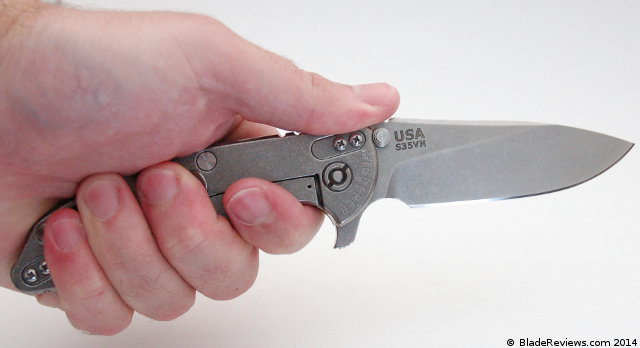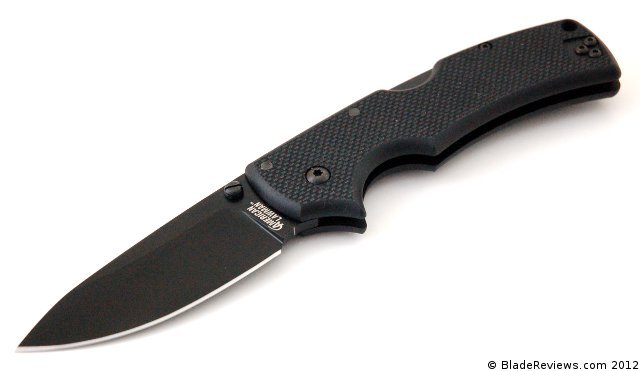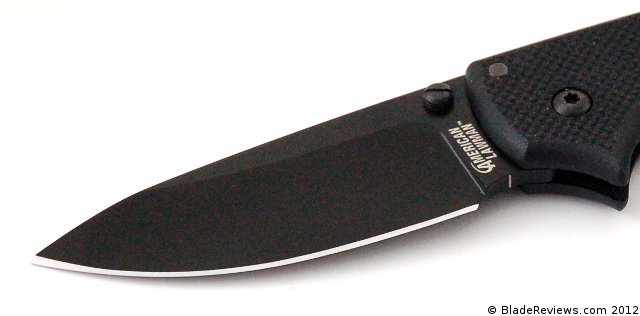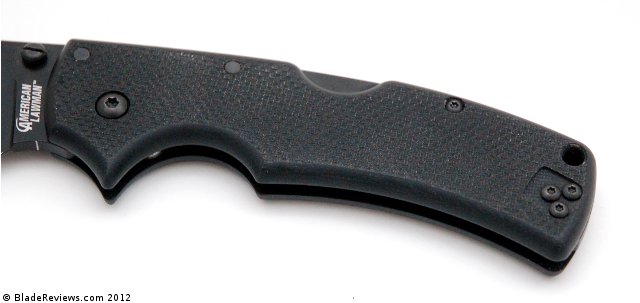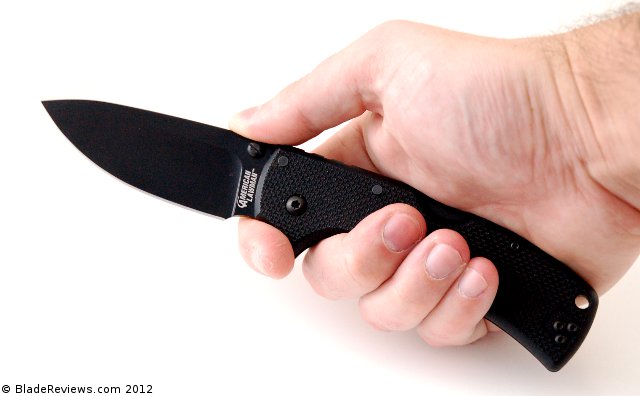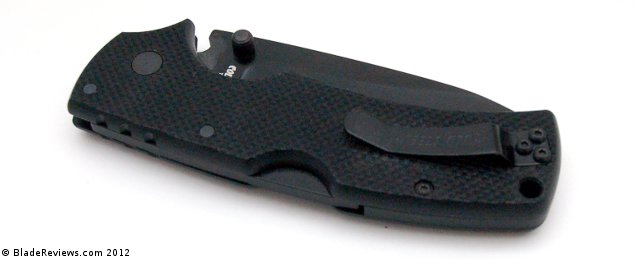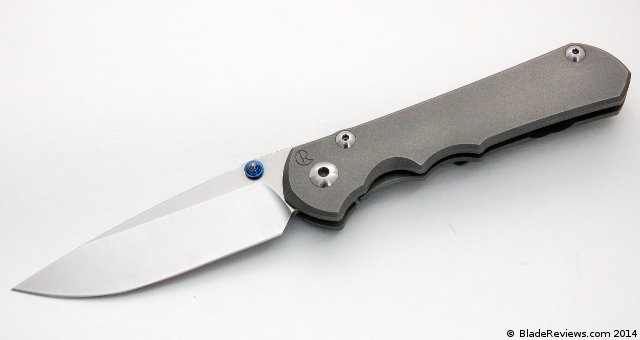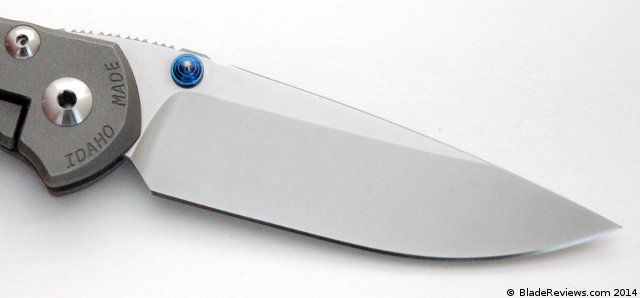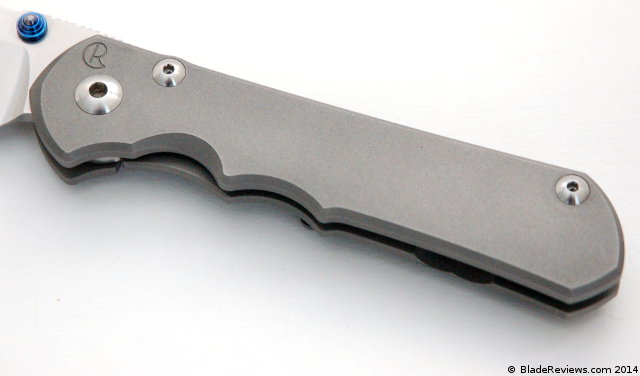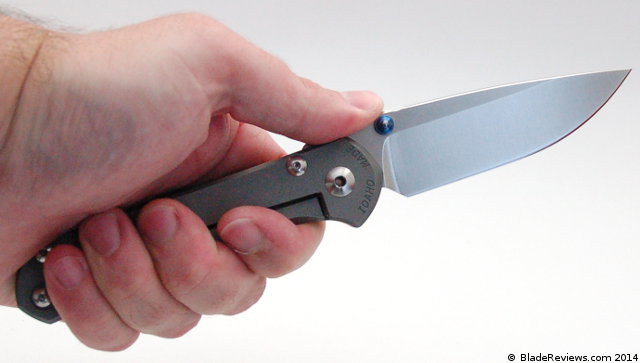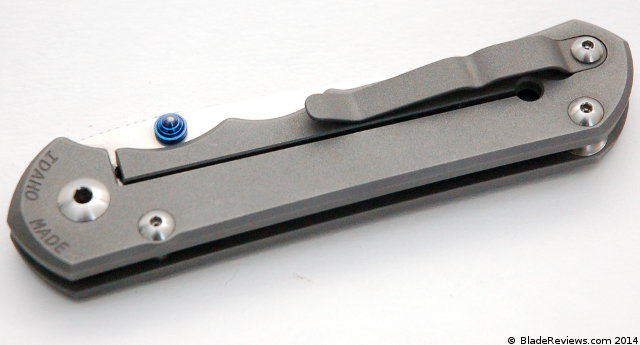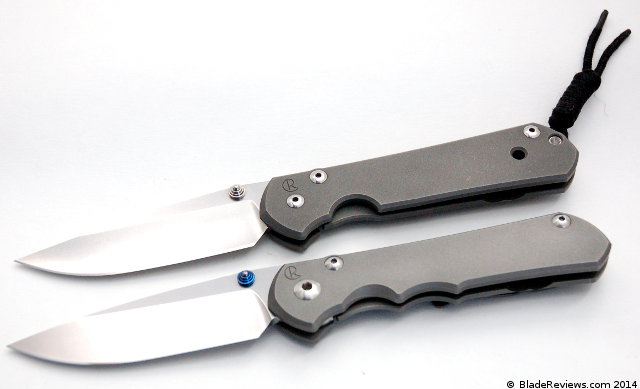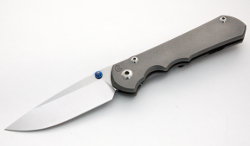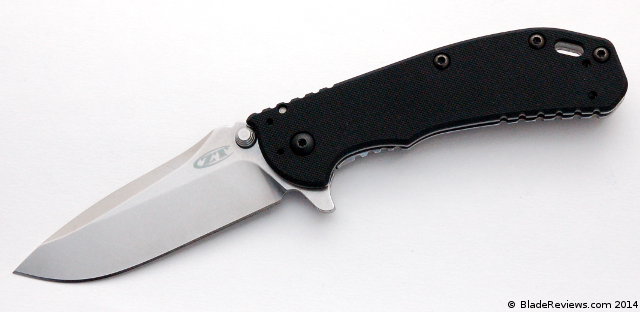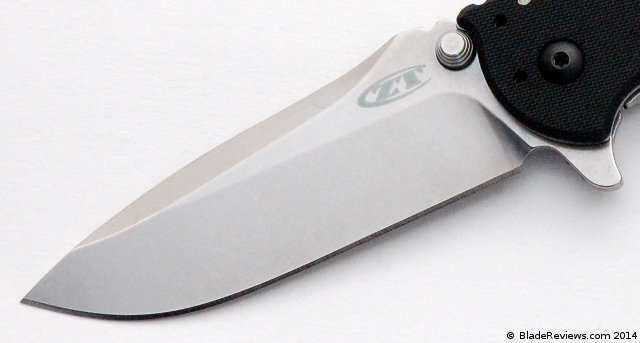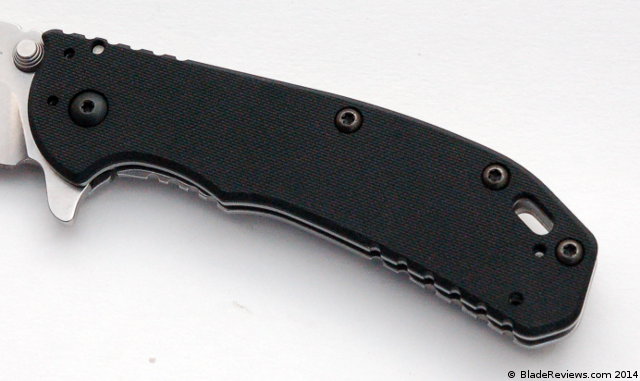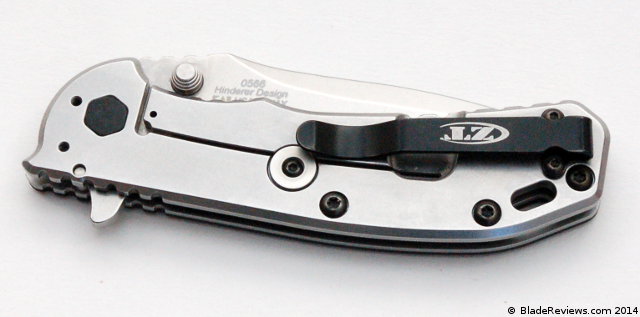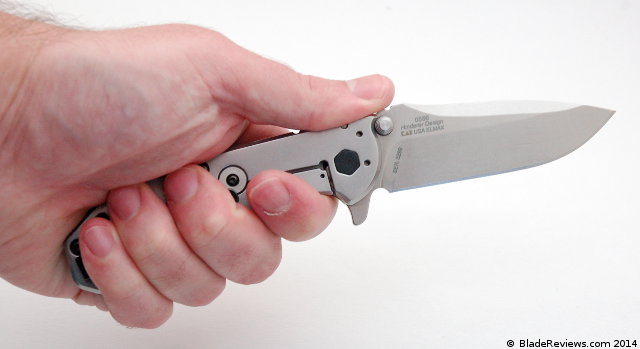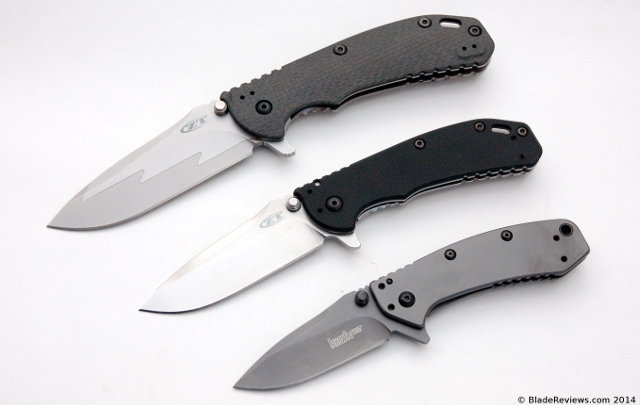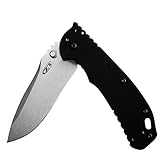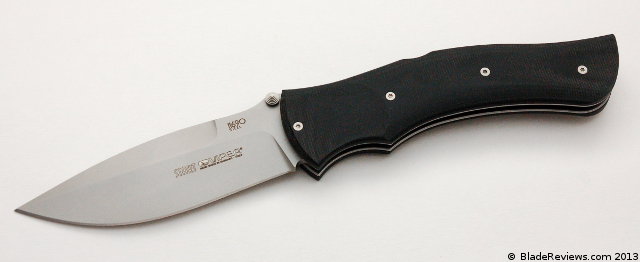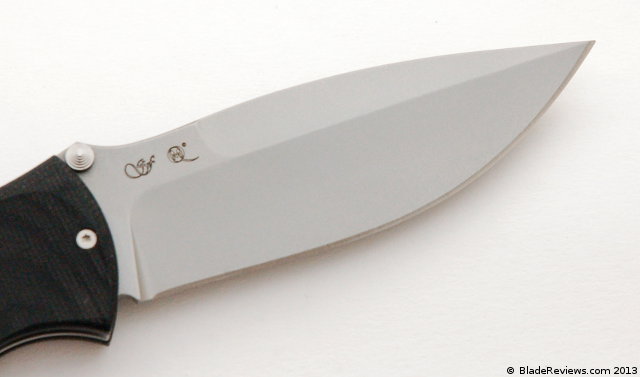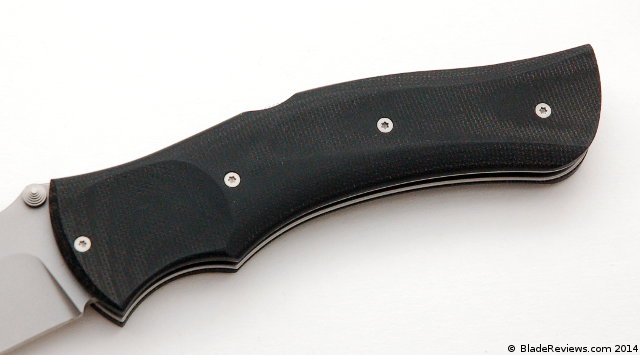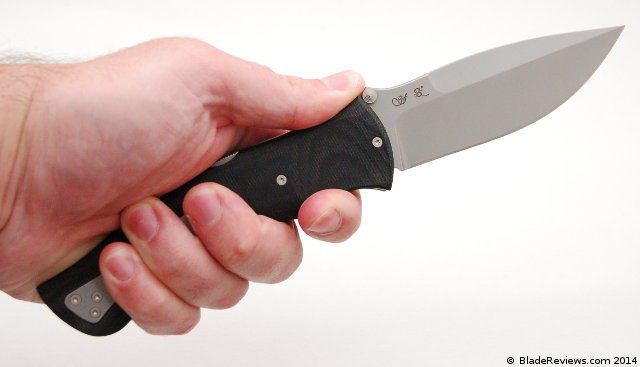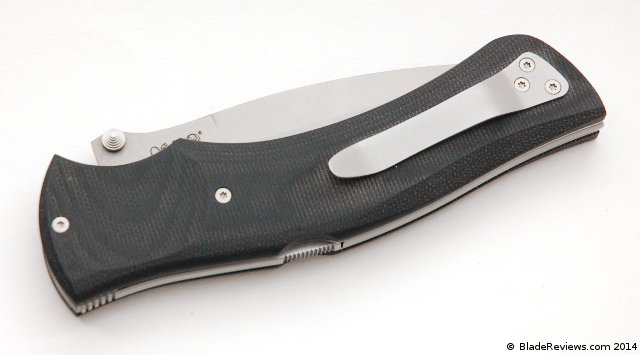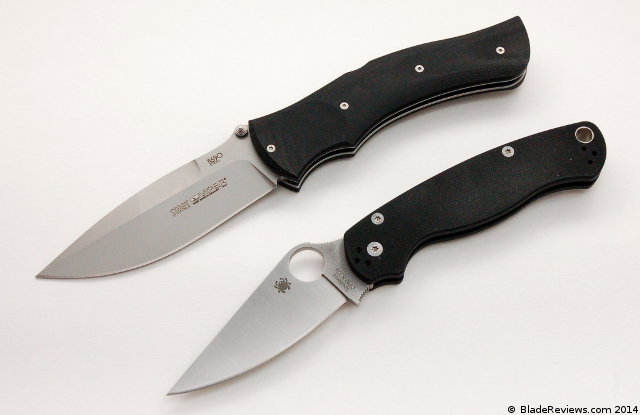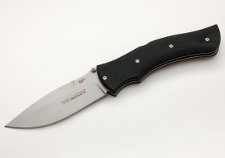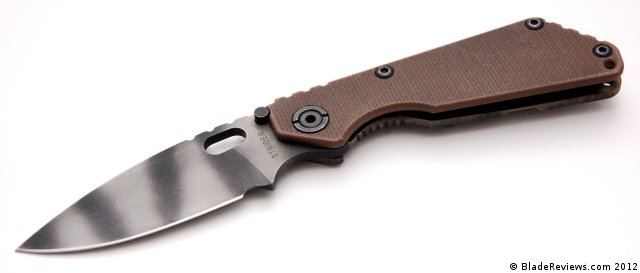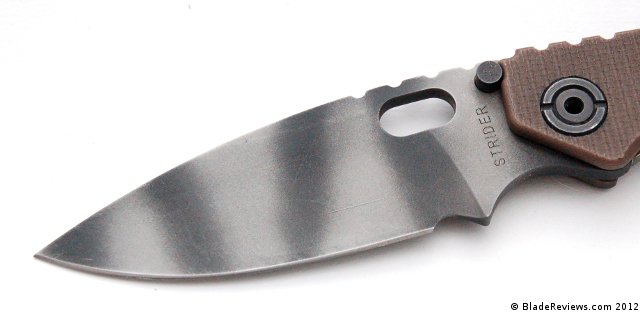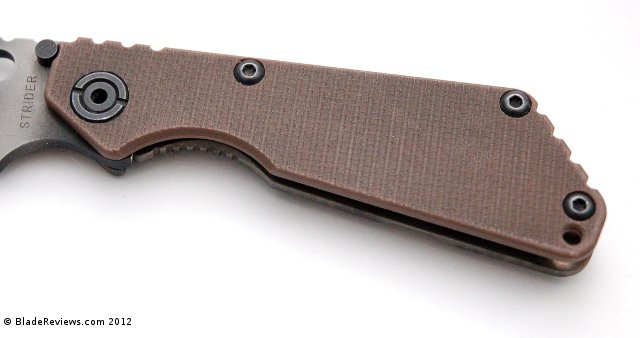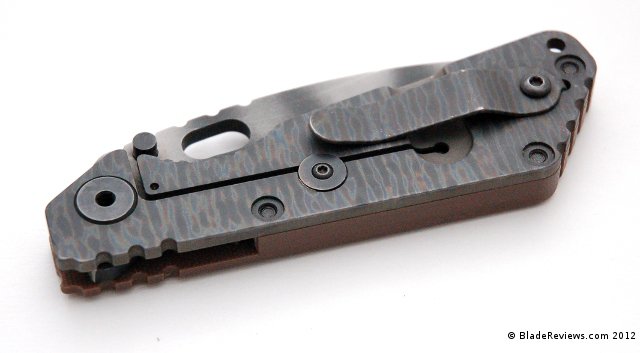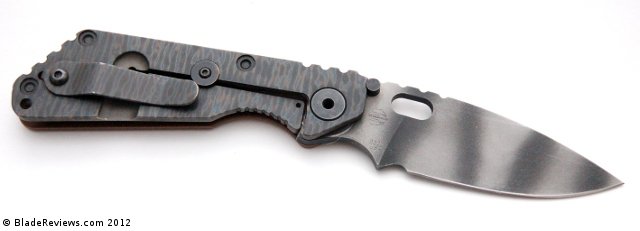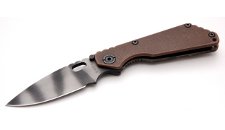Last Updated: June 23, 2019
In the past I have compared knife collecting to mountain climbing. Certainly there isn’t the element of physical accomplishment, as the only thing that really gets a workout is your wallet, but there is that spirit of pursuit and of course the ascent up a pile of incrementally more expensive knives. When considering the “summit” in the realm of production knives three big players in the US market come to mind: Chris Reeve, Strider, and Hinderer.
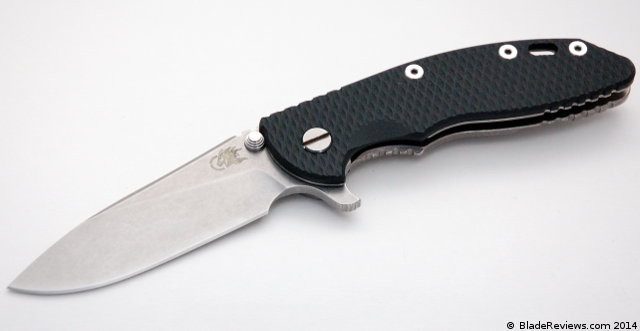
Buy the Hinderer XM-18 at BladeHQ
I have been tooling away at this website for the better part of 4 years now, and have already covered multiple Chris Reeve and Strider products, but I’ve yet to review a Hinderer. That is because I had yet to purchase a Hinderer until 6 months ago.
The reason it has taken me so long to review a Hinderer is the same reason why many people get so hung up on Hinderer knives in general. They are difficult to purchase unless you win a lottery at one of the knife shows Hinderer goes to, happen to qualify for Hinder’s active military / first responder program and buy directly from Hinder, or want to pay a substantial mark up for a Hinderer on the secondary market. With a retail price from Hinderer of $385, these knives were selling for $700, $800, $900+ on the forums. We could get into a huge debate as to whether they are “worth” the money. At the end of the day, they are worth what you will pay for them.
Over the past few years I have seen the secondary prices creep down a little, and was able to snag this new XM-18 3.5″ for $550. At that price I was comfortable buying the knife knowing that I could eventually sell it and recover most if not all of my money. Your mileage will vary.
General Dimensions and Blade Details
The 3.5″ XM-18 has an overall length of 8.25″, weighs 5.6 ounces, and of course it sports a 3.5″ blade. This is a very substantial tool. It is over half an inch thick, and was definitely not designed for desk jockeys like myself. Rick comes from a firefighting background, and built the XM with first responders in mind.
It’s a big and heavy knife designed to perform under the hugely demanding situations first responders run into. I run a small law office on the coast of Florida. The closest thing I come to being a first responder is responding to the office manager’s announcement that someone dropped off a dozen donuts in the break room. On weekends I mow the lawn, go to the beach, and occasionally write articles about pocket knives. Some might suggest the 3″ XM for someone like myself, but I have always wanted to check out a 3.5″ flipper slicer. So here we are.
The blade of the XM is Rick’s classic drop point shape. We have seen something similar to it in the myriad of KAI/Hinderer collabs that I have covered over the years. My particular XM has been given Rick’s “slicer” grind, which is his leaner more cutting oriented grind. Contrast this with his thicker reinforced “Spanto” grind. Even though this is the slicier of the two grinds, it’s still quite thick behind the edge and favors durability over raw slicing performance. I’m okay with that as it seems to suit the beefy, reinforced nature of the rest of the knife.
Hinderer offers their knives in a number of different blade finishes, and even a wharncliffe version now. Mine has been given a nice tumbled finish although you can also get them beadblasted, coated, or even hand ground by the man himself if you have the cash.
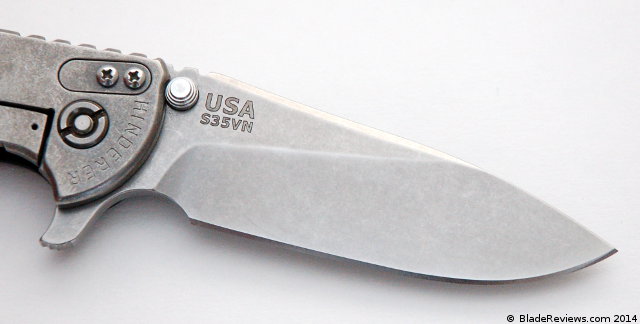
Over the years Hinderer has offered the XM in a proverbial cornucopia of different steels. The blade steel of this particular XM is S35VN which is probably what most of them are being made out of these days. S35VN is a good steel and has been adopted by Chris Reeve and Spyderco. The blade is heat treated to 60-61 HRc. This is a touch harder than what Chris Reeve has been heat treating his S35VN to, and the result is better edge retention, but it’s theoretically a little harder to sharpen. In use I have found that the edge stays keen, and I have only had to strop it to maintain sharpness. I haven’t had issues with rust, chipping, or anything else. No complaints here.
Handle, Ergonomics, and Pocket Clip
The handle of the XM is very well done. You have a G10 scale over titanium liner on one side, and then a full titanium frame lock on the other. Holding everything together is a bunch of custom hardware. This handle is beautifully made and you can really get to understand the quality of the XM by closely examining it. The parts are all overbuilt, but wonderfully finished. My titanium locking side has been completely stonewashed and this nice hard wearing finish compliments the blade nicely. It really is a beautifully made handle.
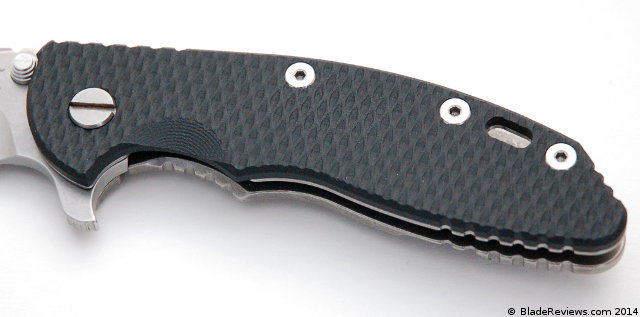
In hand the XM 18 is all business. Again, Rick designed this knife with firefighters and military in mind, and it’s a no-nonsense tool that works in a variety of grips. I have always been a fan of forward finger choils, and even without the choil there is plenty of room on this handle for large gloved hands. This is also a thick knife, and it really fills the hand. I can only imagine what the XM-24 is like. It’s probably akin to driving around in an S-Class Mercedes all day – solid and roomy. There is jimping on the spine, lock release, and pommel, but it’s wide soft jimping and doesn’t tear up your skin. I’d say the ergonomics are pretty solid with this one.
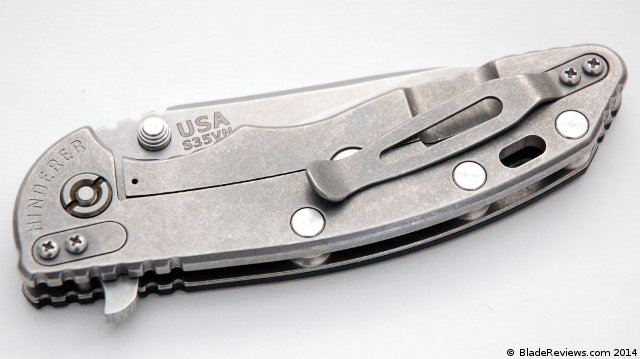
Hinderer equips the XM 18 with a reversible pocket clip. It’s not a deep carry clip and favors ease of access over concealment. It’s a big heavy knife, so you will feel the XM-18 in your pocket, but it carries alright for what it is. The clip sets into a recess in the handle so it’s a very sturdy design. I think it’s interesting that they include a “filler tab” for the clip mounting position you don’t use.
Deployment and Lockup
Hinderer offers these knives in flipper and non-flipper variants. Here of course I have the flipper version. Many view this as the knife that got the titanium frame lock flipper craze going, and the ZT0560 collab really brought that front and center to the masses.
What is sort of ironic about the XM-18 is that it’s not a particularly good flipper. Back when these first came out I am sure the flipping action was considered to be fine, but these days even my $30 Swindle out flips this knife. There are teflon washers inside and while I can pushbutton the blade open it isn’t a rocket launcher flipper by any stretch of the imagination. But that isn’t necessarily a kiss of death. This is still a very nice smooth knife with good action, and reliable deployment. You just need to decide whether you are looking for a really fast flipper or not. I will say the thumb studs work fine on this XM.
Lockup on this knife is the stuff of legends. The thick titanium lockbar engages early against the tang of the blade and there isn’t even a hint of play. The thumb studs double as blade stops and the stop pin is sleeved to avoid peening. There is zero stickiness to the lock despite not having a stainless steel lockbar insert. Also, lets not forget the inclusion of the Hinderer lockbar stabilizer. I’ve mentioned it in scores of other reviews, but this is where it all began. Lockup is just super duper good.
Hinderer XM-18 Review – Final Thoughts
Politics and price points aside, this is an impressive knife. I feel that there is a substantial bump up in beefiness and build quality when compared with a Strider or Chris Reeve offering, and it’s a big jump from Spydercos, Benchmades, and even new ZTs.
When I compare the XM to everything else I have reviewed before, I have to say that the XM is a different knife. It’s difficult to put into words, but it feels like every piece of this knife was first carefully contemplated, and then overbuilt and meticulously finished to a fanatical degree. This is an extremely solid knife and I am glad that I have finally been able to acquire one for long term testing.
That said, the 3.5″ XM-18 does have its potential draw backs. The fact that it’s heavy, and doesn’t flip very well are the biggest draw backs that come to mind.
This XM has been in my collection for several months now, and I’ve tried my best to approach the review cautiously given the enormous amount of hype built into these knives. While I can’t say I would spend $800 for one of these, I do think they are easily worth the $385 MSRP. At $550 I am less enthused, but still respect the knife for what it is. Like any other luxury good, some will love it while others will blast it as a ridiculous extravagance. Those that don’t like it can simply vote with their dollars and spend their money elsewhere.
Personally I view this as either a dedicated tool or a collectible. It’s not a daily carry item for me. But again, I don’t work as a first responder. I “need” this knife for work much like I “need” a Hummer to accomplish my 20 minute suburban commute every day. That said, I realize there are plenty of people who may actually need, or want, an over built knife like this. And if that’s the kind of knife you are looking for, Hinderer delivers in spades.
I can say without hesitation that the XM-18 is a beautiful knife, and I recommend checking one out if you are at all interested in it. I am glad I did.
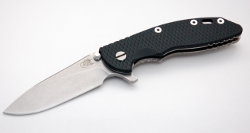
Rick Hinderer Knives XM-18 3.5 – $550.00
From: BladeHQ
KnifeArt has a great selection of Hinderer XM-18s, and they pop up on BladeHQ as well. And lately Amazon has been stocking them as well. I recommend purchasing them at these retailers. Please consider that purchasing anything through any of the links on this website helps support BladeReviews.com, and keeps the site going. As always, any and all support is greatly appreciated. Thank you very much.
